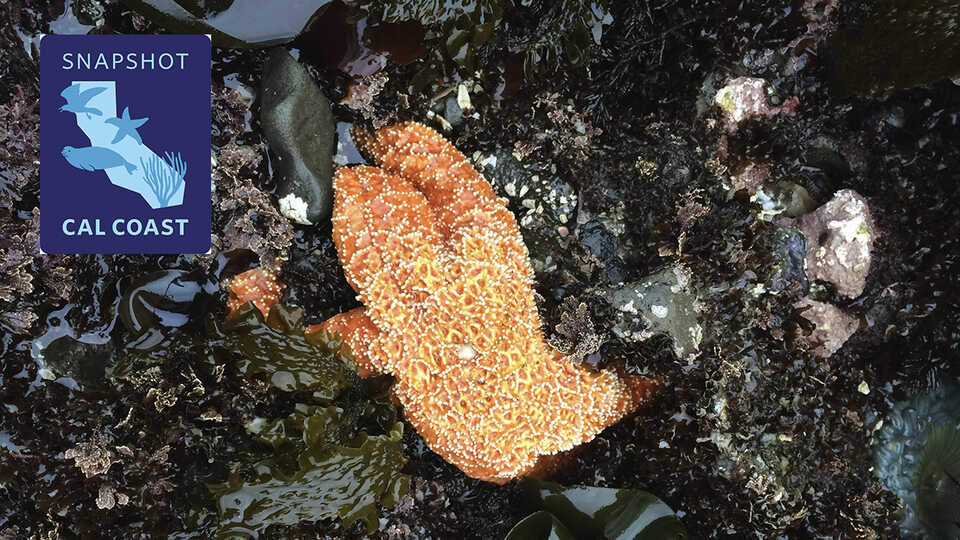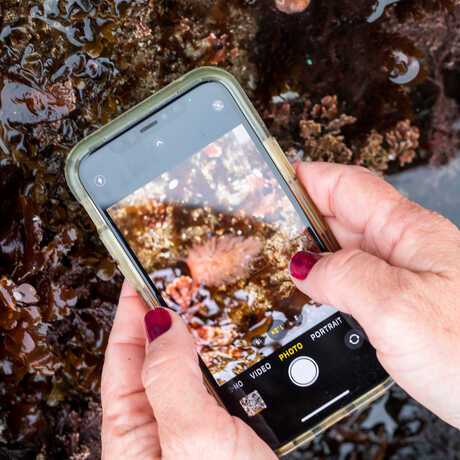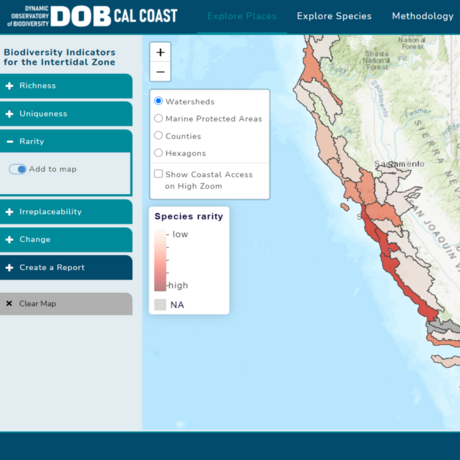Observations contributed by volunteers, community, and community scientists during Snapshot Cal Coast and year-round via iNaturalist make up an increasingly large proportion of our knowledge of biodiversity over space and time on the California coast. Our team—a collaboration between the California Academy of Sciences, the California Ocean Protection Council (OPC), and the California Department of Fish and Wildlife (CDFW)—is building the capacity to use these crowdsourced community-contributed observations to understand and monitor biodiversity across California’s coastal and marine protected areas.
Our data science efforts were initiated by Dr. Giovanni Rapacciuolo and are now led by Dr. Natalie Low and focus on developing innovative approaches and tools to translate crowdsourced community-contributed observations into meaningful indicators of biodiversity change on the California coast in support of California’s long-term MPA Monitoring Action Plan and the Ocean Protection Council's Strategic Plan. In particular, we are now focusing on mobilizing the community of volunteer naturalists, community, and community scientists to power an Early Warning and Forecasting System for biodiversity change on the California coast.
This system will combine crowdsourced community-contributed observations with state-of-the-art ecological models to track key metrics of ocean and coastal health over time (e.g. distribution and abundance of native species, spread of invasive species, emergence of marine disease) and forecast changes in those metrics associated with a changing climate. This effort will provide resource managers with the tools necessary to slow or stop biodiversity loss in California’s coastal and marine habitats and will also empower community scientists to take an active role in conserving biodiversity.
You can find out more about how we are using data contributed by the community during Snapshot Cal Coast and year-round via iNaturalist, as well as explore and interact with our findings, by visiting this website. You can also watch a short talk by Dr. Rapacciuolo about our data analysis efforts.





